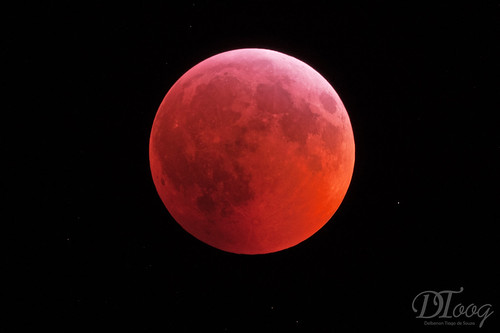Re: Submission: 2019 January
Posted: Wed Jan 16, 2019 5:33 pm
Between the Eagle and the Scorpion
Website : https://maximeoudouxphotographie.fr
Copyright : Maxime Oudoux
The Milky Way has become a "must have" in pictures of the night sky; but what does it look like in more detail, especially at its galactic center, from Europe ?
This image, taken in August 2018 from the Col de Restefond in the Hautes Alpes (France) at more than 2800m above sea level, presents its portion between the constellation of Eagle (left) and Scorpion (right); the 2 constellations are barely visible for technical reasons and position: the Scorpion plunged under the horizon and the Eagle was out of range at the end of the night.
A multitude of celestial objects can be observed : Lagoon, Trifid, Omega, Eagle nabula (the 4 colored shapes towards the center-right), dark structures as the "E of Bernard" (lower left, above the blue star, which is Altaïr), globular clusters ... and even Saturn, next to the Lagoon nebula !
What strikes our mind here is the difference in color between the very colorful and luminous background of the Milky Way, composed of millions of stars in this place (very easily) and all these black areas, sprawling, like ink stains spilled on the bottom of the sky. The Milky Way is full of gas and dust: these are the elements that opacify our galaxy from our point of view.
On the technical side, this image is quite complex. It is composed of more than 60 photos taken in a different angle to recompose this extremely wide field, but particularly defined: I used the Samyang 135mm f/2 to have the ideal deal between definition of image and practical side.
Full resolution here, (more than 10000px wide) : https://www.astrobin.com/386059
Technical data :
Nikon D750 Astrodon
Samyang 135mm f/2 AS UMC
NiSi Natural Night filter
Nodal Ninja IV RD-16
Astrotrac TT320X AG
Berlebach UNI 4 Astro Custom
60 RAW panoramic
For each RAW : 180s @ 1600ISO, f/3.5, 135mm
No darks, flats, offsets
Pre-processing : DxO Optics Pro 11 Elite
Stitching : AutoPano Giga 4.4
Processing and calibration : Photoshop CC 2017
Website : https://maximeoudouxphotographie.fr
Copyright : Maxime Oudoux
The Milky Way has become a "must have" in pictures of the night sky; but what does it look like in more detail, especially at its galactic center, from Europe ?
This image, taken in August 2018 from the Col de Restefond in the Hautes Alpes (France) at more than 2800m above sea level, presents its portion between the constellation of Eagle (left) and Scorpion (right); the 2 constellations are barely visible for technical reasons and position: the Scorpion plunged under the horizon and the Eagle was out of range at the end of the night.
A multitude of celestial objects can be observed : Lagoon, Trifid, Omega, Eagle nabula (the 4 colored shapes towards the center-right), dark structures as the "E of Bernard" (lower left, above the blue star, which is Altaïr), globular clusters ... and even Saturn, next to the Lagoon nebula !
What strikes our mind here is the difference in color between the very colorful and luminous background of the Milky Way, composed of millions of stars in this place (very easily) and all these black areas, sprawling, like ink stains spilled on the bottom of the sky. The Milky Way is full of gas and dust: these are the elements that opacify our galaxy from our point of view.
On the technical side, this image is quite complex. It is composed of more than 60 photos taken in a different angle to recompose this extremely wide field, but particularly defined: I used the Samyang 135mm f/2 to have the ideal deal between definition of image and practical side.
Full resolution here, (more than 10000px wide) : https://www.astrobin.com/386059
Technical data :
Nikon D750 Astrodon
Samyang 135mm f/2 AS UMC
NiSi Natural Night filter
Nodal Ninja IV RD-16
Astrotrac TT320X AG
Berlebach UNI 4 Astro Custom
60 RAW panoramic
For each RAW : 180s @ 1600ISO, f/3.5, 135mm
No darks, flats, offsets
Pre-processing : DxO Optics Pro 11 Elite
Stitching : AutoPano Giga 4.4
Processing and calibration : Photoshop CC 2017















